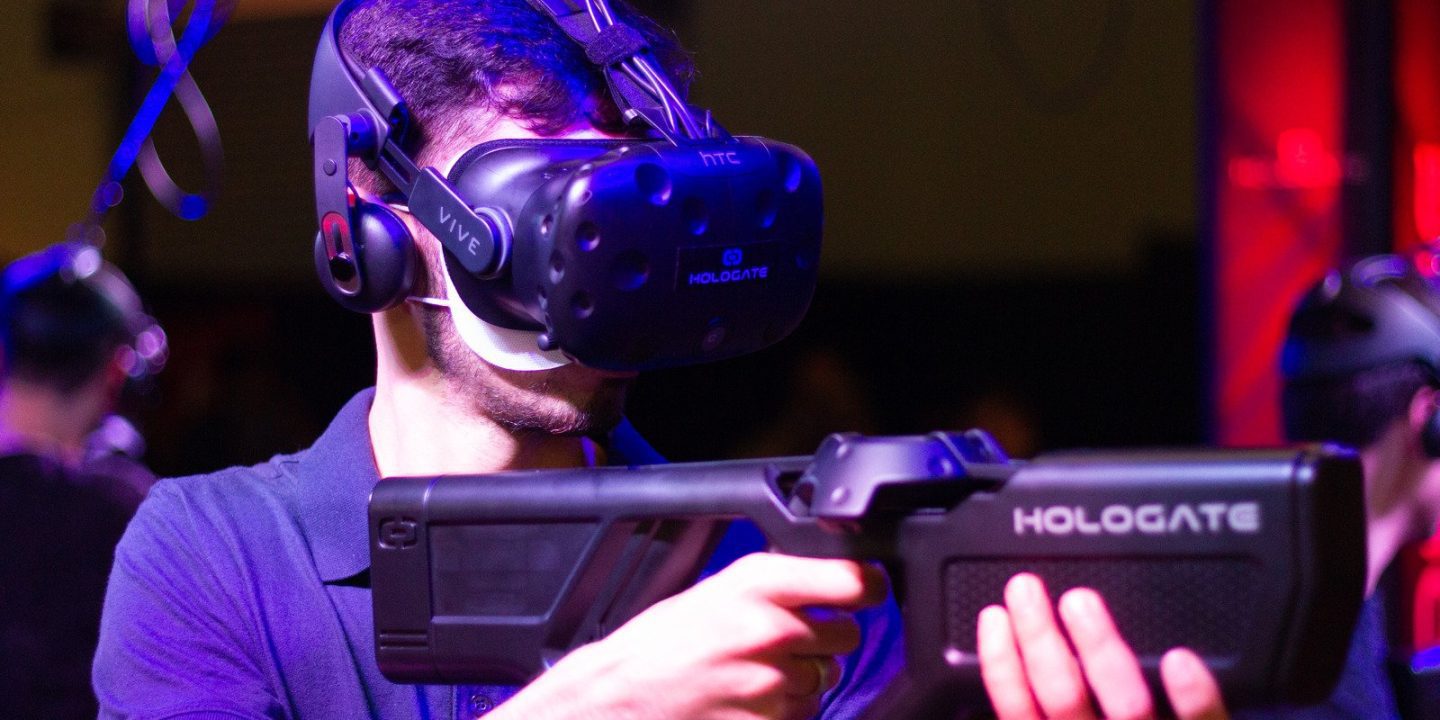

If you’re interested in making your own video games, this post is for you! In it, I’ll teach you the basics of game development, from conception to completion. I’ll also provide tips and advice on what software to use, as well as how to market your game. So if you’re ready to create something amazing, read on!
A game is a fun, interactive experience that can be enjoyed by all. Whether you’re a gamer or not, there’s something for everyone in the world of games. In this guide, we’ll show you how to make your own game from scratch using popular programming languages and tools.
There are many different ways to create a game, and the approach you take will depend on what type of game you want to make and how powerful your computer is. If you’re starting from scratch, we recommend learning one of the two most popular programming languages: Java or Python. They’re both relatively easy to learn, have vast libraries of resources available online, and are supported by almost every major computing platform.
Once you know how to code, it’s time to start building your game. The first step is to come up with an idea for your game— something that interests you and that other people might want to play too. Once you have a concept down, it’s time to start designing it. This involves thinking about the gameplay mechanics, the characters and enemies that players will encounter, and the environment in which they’ll fight. It can be tough work but it’s worth it when you see your dream game come together in front of your eyes!
After the design is finished, it’s time to start coding! First thing’s first: create a basic framework for your game using an integrated development environment (IDE). An IDE is a software program that makes creating and editing code
To make a game, you need the following: A computer with a graphics card and operating system installed
A game development software package (such as Unity or Unreal)
Some programming skills
An idea for a game
Making a game is as easy as following these simple steps:
1. Choose a concept or setting.
2. Create a rough outline of the game.
3. Write the story and characters.
4. Create the levels, puzzles, and challenges.
5. Test and polish the game until it’s perfect.
There are two types of people in this world: those who love making games and those who just want to play them. If you’re in the second group, this guide is for you! In this guide, we’ll show you how to make your very own game from scratch.
First, you’ll need a game engine. There are plenty of these online, so it’s up to you which one you choose. We recommend Unity3D because it’s relatively easy to use and has a lot of built-in features for creating games. Once you have the engine, it’s time to start building your game!
One of the first things you’ll need is a story. This is where your players will be spending their time, so it needs to be good. You can either write your own story or use an existing one. If you’re using an existing story, be sure to get permission from the copyright holder first.
Once you have the story figured out, it’s time to start building the characters and environments. Characters are important because they’re what your players will interact with most often; they need to be likable and engaging. Environments are also important because they set the mood for your game; if it’s dark and spooky, that’s going to reflect in your gameplay as well.
Next, it’s time for the fun stuff! In this section, we’ll show you how to
If you’re anything like me, you’ve been itching to make your own game ever since you first discovered the joys of video gaming. In this comprehensive guide, we’ll show you everything you need to get started creating a video game from scratch.
First, we’ll discuss the different types of games out there and what makes them great. From there, we’ll show you how to create a basic level layout and character design. Next, we’ll teach you how to create a story and introduce you to the world of game development tools. Finally, we’ll wrap things up by showing off some of our own finished projects!